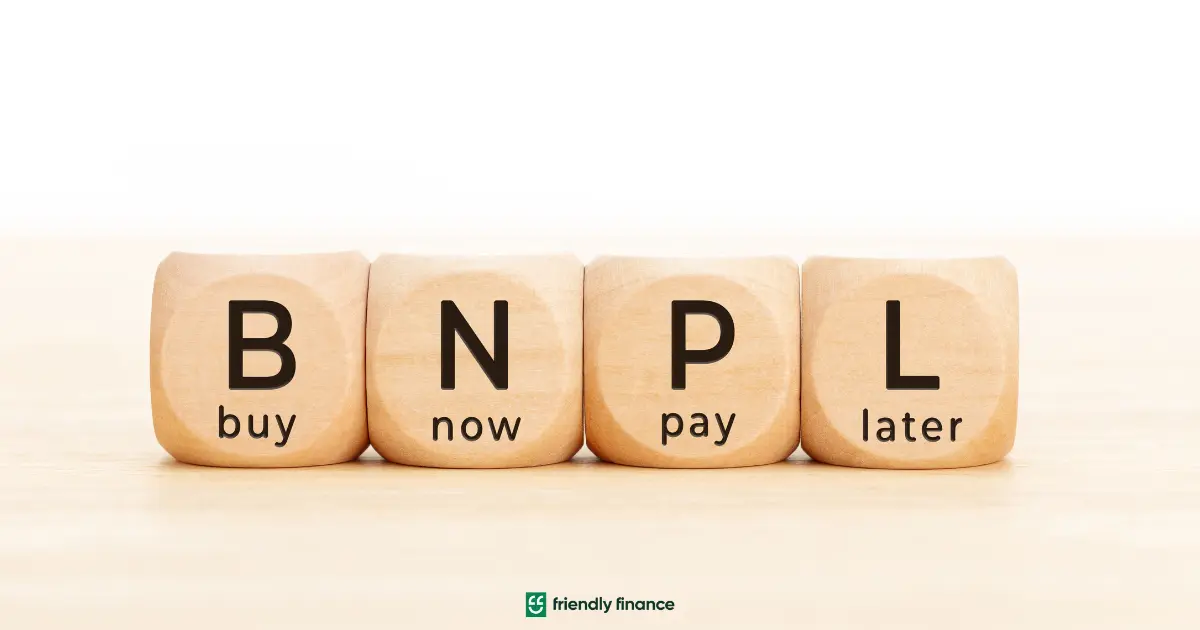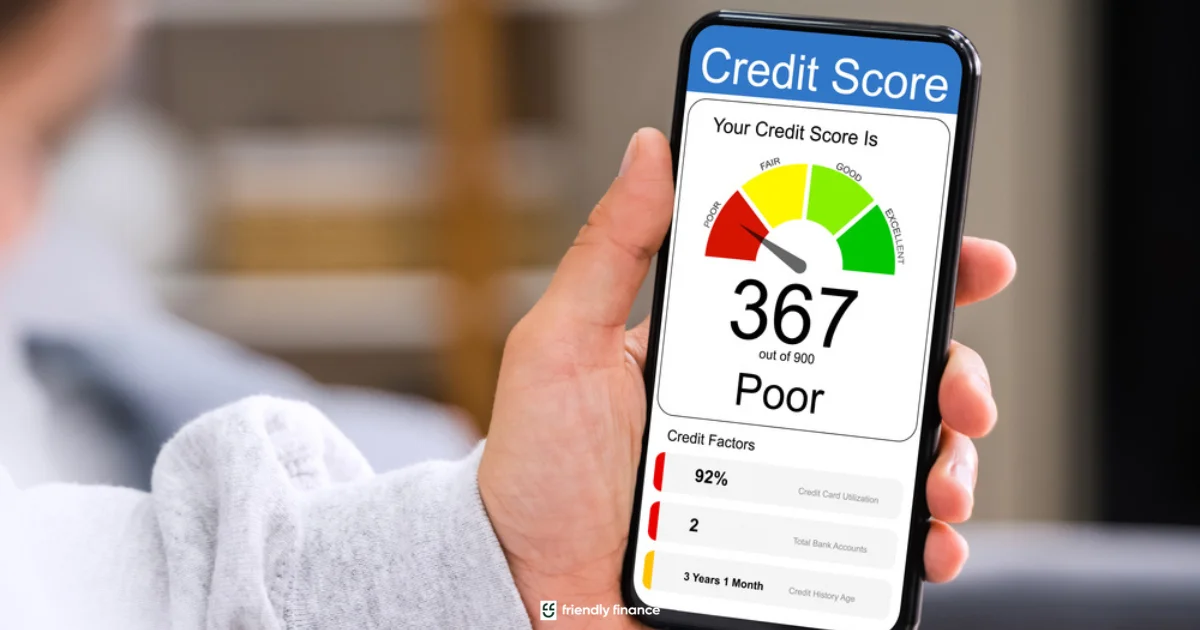A Complete 2025 Guide to Buy Now, Pay Later: What You Must Know
Key Takeaways
BNPL is now regulated as consumer credit and impacts your credit score.
New protections require lenders to assess your ability to repay.
BNPL works best for specific purchases you can repay on time.
In a world that’s increasingly cashless and digital-first, how Australians choose to pay has fundamentally shifted. The rise of Buy Now, Pay Later (BNPL) changed the checkout experience, but in 2025, it has entered a new era. Landmark government regulations have redefined what BNPL means for your wallet and your financial future.
This guide explores the new landscape of Buy Now, Pay Later. We cover the critical new laws you need to know, how BNPL now impacts your credit score, and how it compares to other options like credit cards and debit cards.
What is Buy Now, Pay Later?
Buy Now, Pay Later is a form of lending that allows shoppers to purchase goods or services immediately and pay for them over time in a series of smaller instalments, which are often interest-free. Instead of paying the full amount upfront, you make regular payments over a set period—typically every fortnight.
This model continues to attract users who value the flexibility of spreading out costs without the high-interest rates often associated with credit cards. However, the way these services are governed has now changed significantly.
Critical Update: BNPL is Now Regulated as Credit in Australia
The biggest change to BNPL in Australia is that it is now regulated as consumer credit. Following new laws passed by the Australian Government, BNPL providers must now operate under the same rules as other lenders.
This means they must:
Hold an Australian Credit Licence: This holds them to higher standards of conduct.
Follow Responsible Lending Obligations: Providers must now assess your financial situation to ensure you can reasonably afford the repayments before they lend to you.
Be Members of AFCA: You now have access to the Australian Financial Complaints Authority (AFCA) to resolve disputes, giving you a formal pathway for complaints.
This change provides greater consumer protection but also means that your BNPL activity is now a more formal part of your financial record.
BNPL Risks and How to Protect Yourself

While BNPL offers flexibility, it's essential to understand the risks, especially under the new credit regulations.
Impact on Your Credit Score: Because BNPL is now considered credit, your repayment history—both on-time and missed payments—is reported to credit bureaus. Consistently paying on time can be positive, but missed payments can lower your credit score, making it harder to get approved for other loans (like a car loan or mortgage) in the future.
The Danger of Overcommitment: With minimal upfront checks in the past, it was easy for consumers to sign up for multiple services and lose track of their total debt. While responsible lending laws now help, the risk of overspending remains.
Late Fees: All BNPL platforms charge fees for missed payments. While they aren't called "interest," these fees can add up quickly if you fall behind.
How to Use BNPL Safely
Link it to Your Debit Card: Avoid linking BNPL to a credit card. Paying for credit with credit can create a debt spiral.
Track Your Repayments: Use a budgeting app or a simple calendar to keep track of all upcoming payment dates across different services.
Cover Your Payment First: Before making a BNPL purchase, ensure the funds for the first instalment are already in your bank account.
Limit Your Accounts: Stick to one or two BNPL services to avoid losing track of your obligations.
BNPL vs. Credit Cards vs. Debit Cards: Which Should You Use?
BNPL doesn’t replace cards—it adds another layer to your payment choices.
BNPL: Best for splitting the cost of a specific purchase into manageable, interest-free instalments when you are confident you can meet all repayments.
Credit Cards: Useful for large purchases, emergencies, or earning rewards points. They carry a high-interest risk if you don't pay the full balance each month.
Debit Cards: The safest option for daily spending as you only use money you have. There is no risk of accumulating debt.
BNPL vs. Online Personal Loans: What’s the Difference?
While both BNPL and online personal loans are forms of credit now regulated under Australian law, they are designed for very different needs. Understanding their structure is key to choosing the right option. BNPL helps you pay for something specific, while a personal loan provides you with cash to use for anything.
Here’s a direct comparison:
Feature | Buy Now, Pay Later (BNPL) | Online Personal Loan |
Purpose | To pay for a specific product or service at the point of sale (e.g., a new laptop, clothing, or car tyres). | A lump sum of cash is deposited into your bank account to be used for various purposes (e.g., debt consolidation, car repairs, medical bills). |
How it Works | Integrated into a store's checkout process. The cost of your purchase is split into a series of smaller, fixed repayments. | You apply for a specific amount of cash through a lender. If approved, the money is sent to you to spend as needed. |
Cost Structure | Typically interest-free. The main costs are late fees if you miss a payment. | Involves an interest rate on the borrowed amount, and may also include establishment and ongoing monthly fees. |
Loan Amount | Usually for smaller amounts, directly tied to the cost of the item being purchased. | Can range from a few hundred to many thousands of dollars, depending on the lender and your financial situation. |
Flexibility | Inflexible. The credit can only be used with participating retailers for a specific transaction. | Highly flexible. The cash can be used anywhere for any legitimate purpose. |
💡Not sure about BNPL and want to get a small cash loan instead? You can easily apply through Friendly Finance today!
Comparing the Top BNPL Platforms in Australia
BNPL isn’t a one-size-fits-all product. Here’s how major platforms stack up in 2025.
Platform | Payment Structure | Credit Impact | Notable Features |
4 fortnightly payments | Yes | Strong brand trust; no interest if paid on time; widely integrated in retail. | |
Weekly, fortnightly, or monthly options. Zip Pay for smaller amounts, Zip Money for larger loans. | Yes | Offers more flexible repayment schedules and higher credit limits via Zip Money. | |
Plans for 'Little things' & 'Big things' | Yes | Specialises in splitting costs for both small retail and larger items like home goods. | |
Pay in 4 or Pay in 30 days | Yes | App-focused with a shopping feed and integrated rewards; slick user interface. | |
4 fortnightly payments, linked to a CBA account | Yes | Managed directly within the CommBank app; no need for a separate third-party app. |
Why is BNPL Offered Everywhere?
You see BNPL options at almost every online and physical checkout for a simple reason: it encourages you to spend more. For businesses, offering instalment payments makes products seem more affordable, which can lead to higher average order values and reduce the number of abandoned shopping carts. For consumers, this means more temptation to buy things you may not have purchased otherwise.
Frequently Asked Questions
Is Buy Now Pay Later considered a loan in Australia? Yes. As of 2025, under new government regulations, BNPL products are legally considered consumer credit, just like personal loans and credit cards.
Does using Afterpay or Zip affect my credit score? Yes. Your repayment history with BNPL providers is now reported to Australia's credit bureaus. This includes on-time payments, late payments, and defaults. This information becomes part of your credit report and can positively or negatively impact your credit score.
What happens if I miss a BNPL payment? You will almost certainly be charged a late fee. More importantly, the missed payment can now be recorded on your credit file, which could lower your credit score and make it more difficult to be approved for other forms of credit in the future.
Buy Now, Pay Later has officially grown up. It has matured from a retail trend into a fully regulated financial tool in Australia. For consumers, this brings both new protections and new responsibilities. It offers fantastic choice and flexibility, but only when spending is kept under control.
As the payment ecosystem continues to evolve, BNPL is no longer an outlier; it's a mainstream credit option with real consequences for your financial health. Use it wisely.




